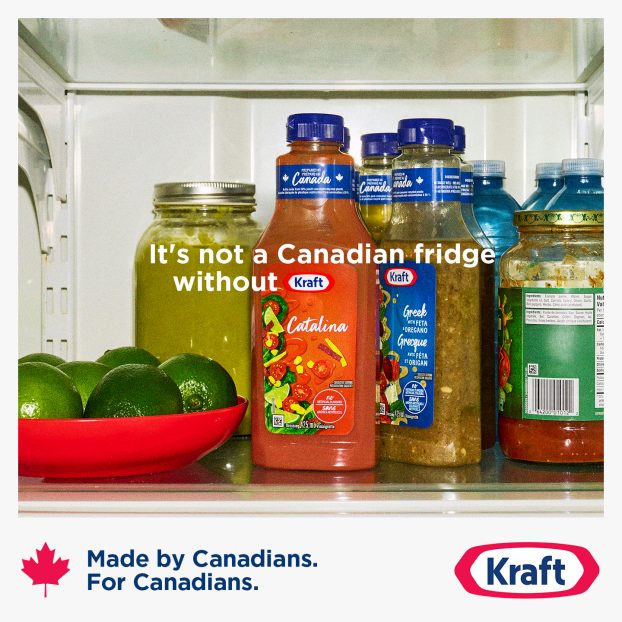So what’s the story?
The Toronto Star has declared April 21 ‘3-D Day.’ On that particular Saturday, the newspaper will be filled with – you guessed it – 3-D images. They won’t be confined to any one section, but will pop out at readers from everywhere – news, sports, life and entertainment – in both ads and editorial. Meanwhile, those kitschy cardboard glasses with the red and blue plastic lenses will be distributed through convenient retail locations and in Starweek, the daily’s TV magazine, which will also be printed in 3-D.
Fabulous! I thought 3-D was a fad, like leg warmers. Didn’t it sink along with Jaws 3? Why revive it?
Despite the fierce battle currently being waged in Toronto by four dailies and three transit freebies, Tanya DuBois, the Star’s advertising promotions manager, says the 3-D promotion is not simply a gimmick created to boost readership.
That said, DuBois admits the Star is hoping the special issue will help reel in today’s retro-obsessed younger reader.
‘In our discussions about 3-D Day, we knew the concept would absolutely appeal to that market,’ she says, adding that past Star promotions have proven that readers ‘love these interactive environments.’
DuBois says the idea first dawned on a sales manager, who came across 3-D images in a magazine and thought, ‘Why can’t we do that?’ Everyone approached agreed it was a cool notion, she says, especially since the Star had all the resources – the presses, colour capabilities and readers – to pull it off. ‘Generally speaking, anything new and innovative is well-received and, to our knowledge, no other newspaper in North America has done this before,’ says DuBois.
Great gimmick. But what about the advertisers? Any trouble getting them on board?
Not in the least, says DuBois. So far, the automotive, packaged goods and technology categories have been the most receptive. ‘It improves relations because advertisers are always asking for new ideas and unique concepts. For us to say, ‘We have what you’ve been asking for,’ reinforces the fact that we listen to them.’
Meanwhile, the 3-D event offers advertisers a lot more creative freedom, as well as new branding opportunities. ‘It won’t be traditional price-point creative,’ says DuBois.
The newspaper expects the April 21 issue to be among its highest-read ever. To get readers (and advertisers) even more excited, the Star is running a contest, whereby readers can vote for the best 3-D ad by calling Starphone, the newspaper’s information-based telephone service. The Star will then reprint the winning ad in a future issue. It will also honour the advertiser and agency behind the creative with an award.
‘Getting readers involved in the advertiser’s message is effective in terms of selling the message,’ says DuBois. ‘As soon as you become involved in an ad, you grow more of an attachment to it and the retention will be longer.’
Can hardly wait to vote. How will consumers know that 3-D Day is popping up?
In early April, the Star will begin promoting the event in the pages of its newspaper, as well as on infomercial channel Toronto Star Television and at www.thestar.com. Ads directed at marketers have already been published in trade magazines such as Strategy. On the big day, a handy directory at the front of the paper will lead readers to the 3-D pages. Each will be marked with an icon, to remind people it’s time to don their funky 3-D glasses.
Which begs the question: Will people actually wear the silly things while they sip their joe and read the paper at Starbucks? Maybe if they’re hung over. Then again, the 3-D effect will probably exacerbate their headaches.























